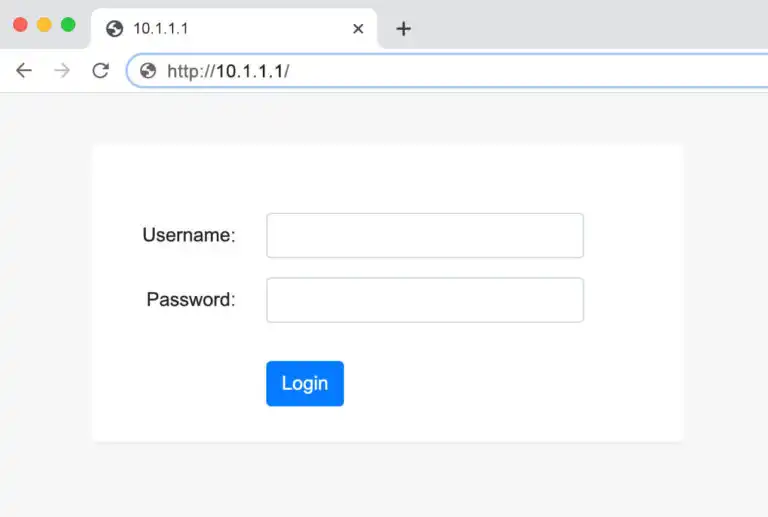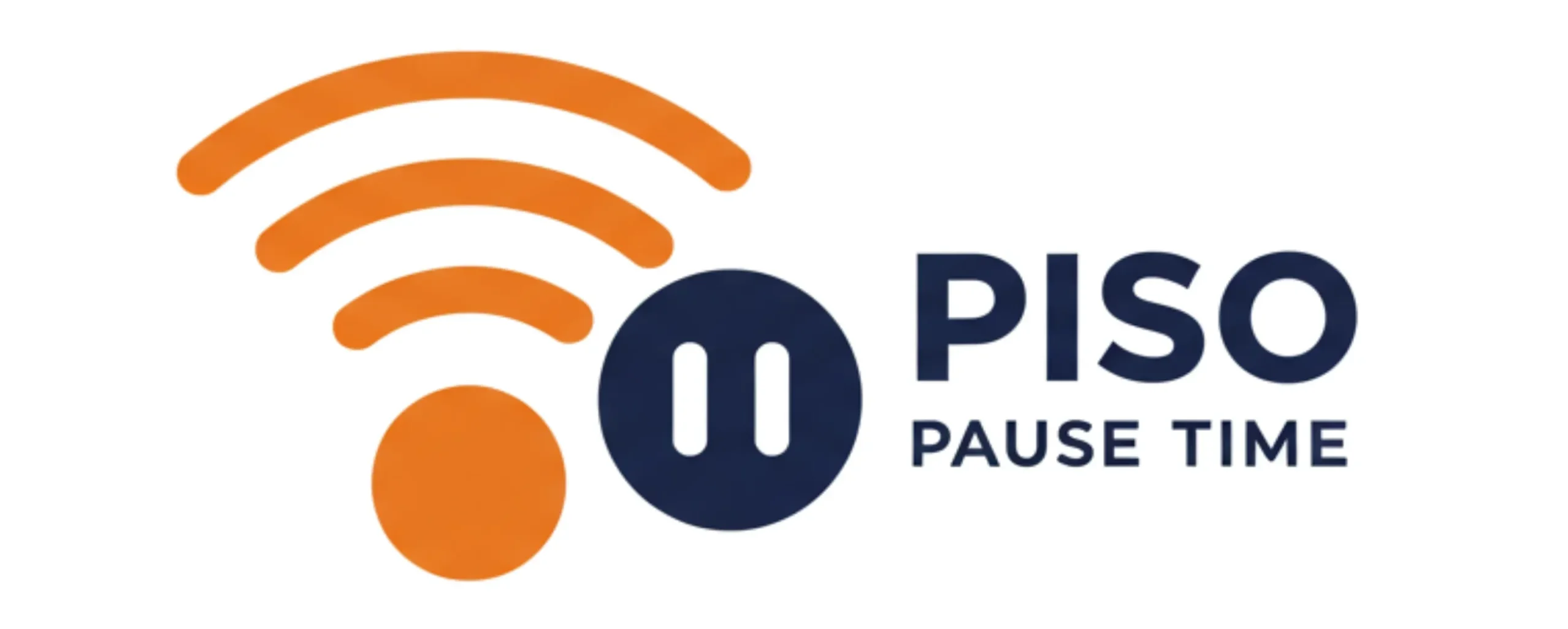10.1.1.1 – 10.1.1.1.0/admin Login
10.1.1.1 is a private IP address used to access your router’s admin panel at http://10.1.1.1, where you can change your WiFi password, Network Name (SSID), and other default settings.
How is 10.1.1.1.0 Used?
10.1.1.1 is commonly used as:
- The default IP address for a router
- A way to access router settings
- A tool for troubleshooting network problems
- A base address for other devices like laptops, phones, or printers
What’s the Difference Between Private and Public IPs?
| Feature | Private IP (like 10.1.1.1) | Public IP |
|---|---|---|
| Used inside network? | Yes | No |
| Shown on the internet? | No | Yes |
| Assigned by | Router | Internet Service Provider |
| Can be duplicated? | Yes (in different networks) | No (must be unique) |
Private IP like 10.1.1.1 is safe and used only in local areas.
How to Access Router Settings Using 10.1.1.1.0
If your router uses 10.1.1.1, you can use it to check or change Wi-Fi settings.
Step-by-Step:
- Open a browser (like Chrome or Firefox).
- Type
http://10.1.1.1in the address bar. - Press Enter.
- A login screen will appear.
- Enter your router username and password (often printed on the router).
Common Uses for 10.1.1.1
- Change Wi-Fi name and password
- Block unwanted devices
- Set up parental controls
- Restart or reset the network
- See connected devices
10.1.1.1 Login Guide (Step-by-Step)
- Connect your phone or PC to your Wi-Fi.
- Open any browser.
- Type
10.1.1.1and press enter.
- Enter your router’s login info.
- Common usernames:
admin,user - Common passwords:
admin,1234,password
- Common usernames:

- You’re in! Now you can adjust your router settings.
Default Router Login Credentials
Here are a few router brands that may use 10.1.1.1:
| Router Brand | Default IP | Username | Password |
|---|---|---|---|
| D-Link | 10.1.1.1 | admin | admin |
| Netgear | 10.1.1.1 | admin | password |
| TP-Link | 10.1.1.1 | admin | admin |
Tip: If you changed your password and forgot it, you may need to reset the router.
Trusted by Top brands like D-Link, Linksys, Asus, TP-Link, and Netgear
⇒ Many home networks use the IP address 10.1.1.1, which is a common default set by many major router brands.
⇒ This IP lets users access the router’s admin panel via a web browser. It’s simple to set up the router. This helps all connected devices stay connected smoothly.
⇒ Brands like TP-Link and D-Link often use 10.1.1.1 for easy access to router settings.
Troubleshooting 10.1.1.1 Issues
If 10.1.1.1 doesn’t work:
- Check connection: Make sure your device is connected to the router (Wi-Fi or cable).
- Try another browser: Some old browsers may not load the login page.
- Use another IP: Your router might use 192.168.1.1 or 192.168.0.1 instead.
- Restart router: Unplug and plug it back in after 30 seconds.
Safety Tips When Using 10.1.1.1
- Change default passwords
- Don’t share your router login
- Update your router’s firmware
- Use WPA3 or WPA2 for Wi-Fi security
- Don’t allow remote access unless needed
Frequently Asked Questions (FAQs)
Conclusion
10.1.1.1 is a private IP address mainly used to access your router’s settings. It’s not a public website, but it plays a big role in helping you manage your Wi-Fi network. If you need to change your password, see who’s connected, or fix network issues, use 10.1.1.1 to access your router!
